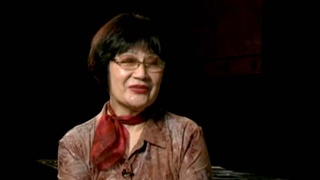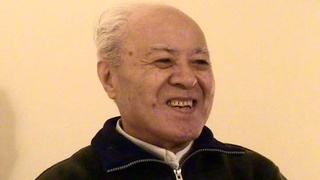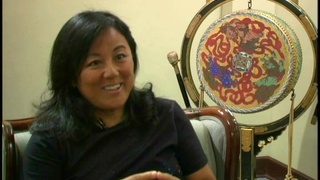Interviews
Deciding to migrate to Brazil upon the influence of my Senpai (Japanese)
(Japanese) I was only in 9th grade when I decided I wanted to come to Brazil. So back in my middle school—it’s turned into a high school now—but at the middle school, a senpai of mine that lived near my house had just graduated and moved to Brazil. That had a real strong influence on me, and I really started thinking that I wanted to go to Brazil. So then, I graduated, and I was at home for a bit. I was at my home in Nagano for just about half a year, then enrolled at Rikko-kai—an international school in Tokyo called Rikko-kai, which was a school that helped prepare me to go abroad and such. I was there [at the school] for another half-year, and boarded a ship… it was the same year as when I registered for Selective Service… so, 20 years old? I was 20 when I boarded the ship and came over to Brazil. Back then, the route to get to Brazil [from Japan] was around India, around Africa, and finally to Brazil, and it took 46 days to arrive. I came to Santos. Then I went to Sao Paulo, and… where should I start… well anyway I’m all alone—single, of course, with no family, and maybe there were other Japanese in Brazil that I could consider as being my ‘relatives,’ but there wasn’t much reason to search for them back then. So, through my senpai’s suggestion, I decided to stay at a dormitory. The location of this dormitory is actually where the Cultural Center stands today. There was an old building back then… We tore it down, and the Cultural Center was built.
Date:
Location: Brazil
Contributed by: Caminho da memória - 遥かなるみちのり. São Paulo, Brazil: Comissão de Elaboração da História dos 80 Anos de Imigração Japonesa no Brasil, 1998. VHS.










